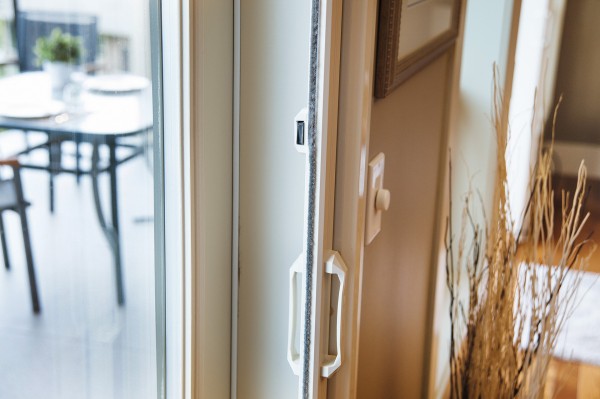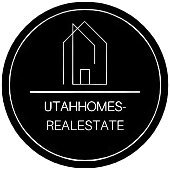Beyond the Buzz: A Deep Dive into the Market Analysis for Phantom Screen Doors

Phantom Screens, a pioneer in the retractable screen door industry, has built a formidable presence in North America and is expanding globally. Understanding the market dynamics for their products requires a comprehensive analysis of various factors, from the broader home improvement landscape and consumer preferences to the competitive environment and technological advancements.
The Retractable Screen Door Market: A Growing Segment
The market for retractable screen doors, a niche within the larger doors and windows industry, is experiencing robust growth. This growth is primarily driven by an increasing consumer desire to seamlessly connect indoor and outdoor living spaces, enhance natural ventilation, and improve energy efficiency. The pandemic, in particular, spurred a surge in home improvement investments, with homeowners looking to maximize comfort and functionality within their properties. While the immediate post-pandemic growth may moderate slightly, the underlying trends supporting retractable screens remain strong.
Phantom Screens’ Position and Target Market
Phantom screen doors primarily targets an upscale market. Their ideal customer base typically consists of homeowners with combined household incomes well above the national average, who often own multiple properties and have a lifestyle that values comfort, luxury, and aesthetics. This demographic is willing to invest in high-quality, durable solutions that enhance their living spaces without compromising architectural integrity. Phantom’s brand strategy focuses on building trust and familiarity with this target audience, emphasizing the quality and benefits of their products.
Key Market Drivers for Retractable Screens
Several factors contribute to the sustained demand for retractable screen doors like those offered by Phantom:
- Enhanced Outdoor Living Spaces: The desire to extend living areas outdoors is a major driver. Retractable screens allow homeowners to create bug-free, comfortable outdoor rooms, blurring the lines between interior and exterior. This is particularly appealing in regions with pleasant climates or where insect control is a concern.
- Energy Efficiency and Natural Ventilation: Retractable screens promote natural cross-ventilation, reducing reliance on air conditioning and lowering energy bills. This aligns with a growing consumer awareness of sustainability and energy conservation, with some studies suggesting significant energy savings.
- Aesthetics and Design Integration: Unlike traditional, bulky screen doors, retractable screens disappear when not in use, preserving the home’s architectural aesthetics and unobstructed views. This “invisible” quality is highly valued by homeowners who prioritize design and curb appeal.
- Home Renovation and Remodeling Trends: The trend of “improving not moving” has led to increased investments in home renovations. Retractable screens are a popular addition to both retrofit and new construction projects, adding value and functionality.
- Smart Home Integration: The increasing adoption of smart home technology is influencing the market. Motorized retractable screens, controllable via remotes or smartphone apps, offer convenience and are increasingly integrated into automated home control systems. This aligns with the broader trend of smart living, where homeowners seek seamless and automated control over their environment.
- Pest Control: The fundamental benefit of keeping insects out remains a primary driver, particularly in areas prone to mosquitoes and other pests.
- Increased Home Value: Installing retractable screens can increase a home’s value by enhancing curb appeal, creating more livable space, and offering energy savings.
Challenges and Opportunities
Despite the positive outlook, challenges exist. High initial investment costs can be a barrier for some consumers, particularly in price-sensitive markets. The market’s increasing competitiveness also necessitates continuous innovation and differentiation.
However, opportunities abound. The ongoing trend towards enhanced outdoor living and smart home integration will continue to drive demand. Further advancements in sustainable materials and more energy-efficient designs can also create new avenues for growth. Expansion into new geographic markets, particularly in regions with high homeownership rates and a focus on indoor-outdoor living, presents significant opportunities for companies like Phantom Screens. The commercial sector also presents steady growth, with businesses like restaurants and hotels adopting retractable screens to enhance outdoor spaces.
Conclusion
The market for Phantom Screen Doors is characterized by strong underlying growth, driven by consumer preferences for improved living spaces, energy efficiency, and modern aesthetics. Phantom Screens, with its established brand, premium product offering, and extensive distribution network, is well-positioned to capitalize on these trends. While competition is present, Phantom’s focus on quality, innovation, and catering to an upscale market allows it to maintain a leading position.
